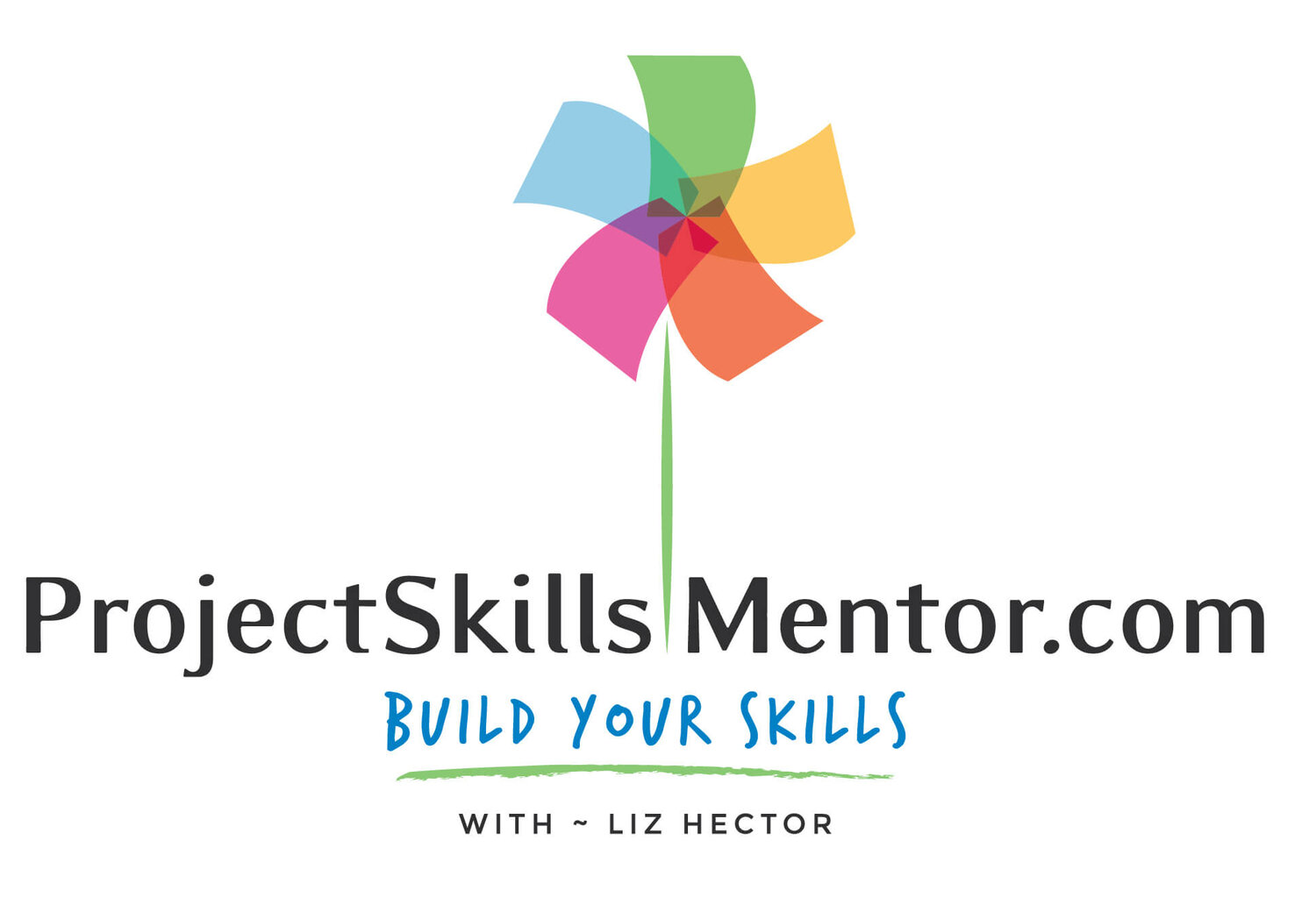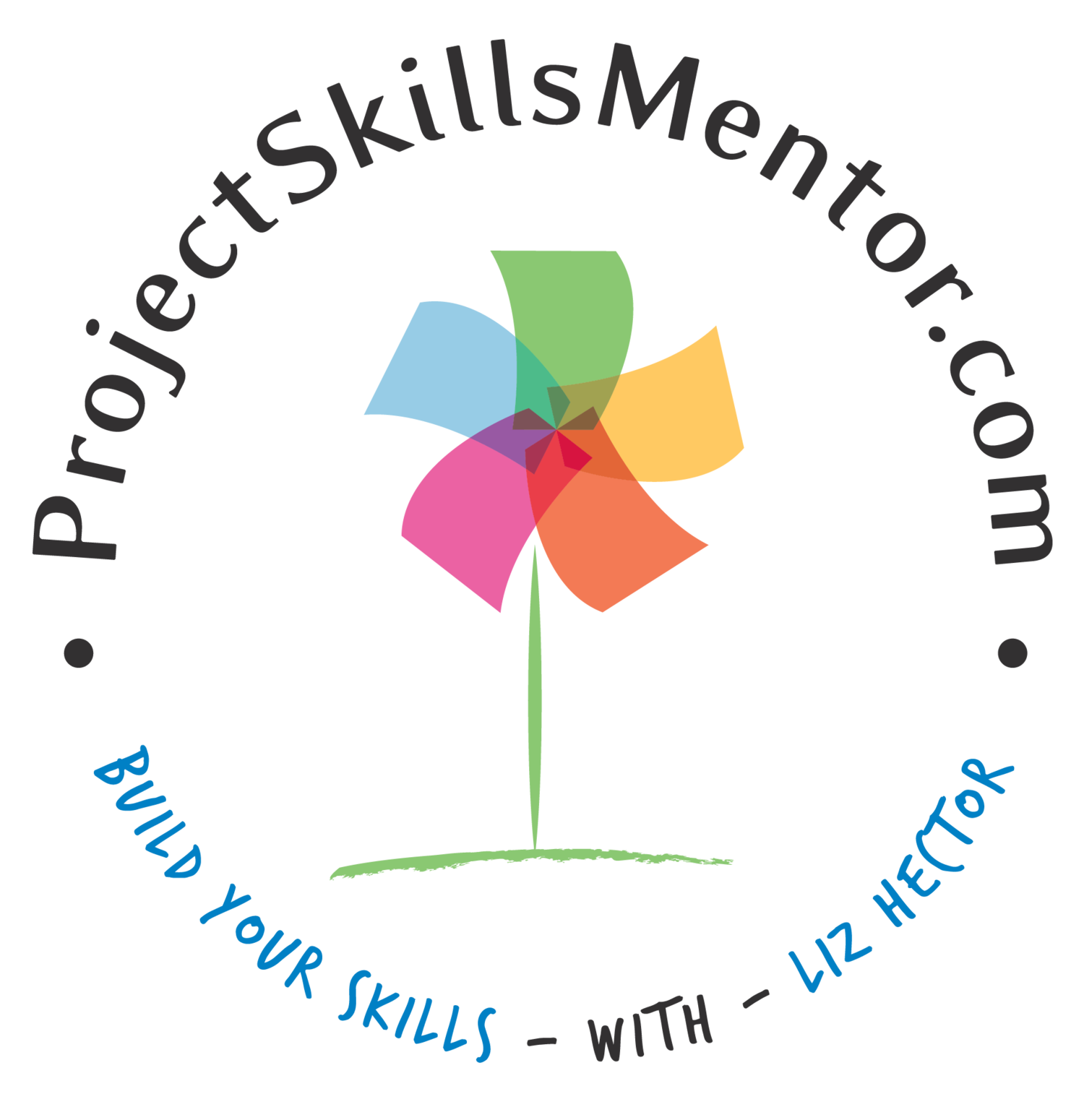How to Build a Successful Mentorship Program in Your Organization
Mentorship, once a career-development perk, has now emerged as a strategic business lever. Companies that strategically invest in mentorship witness tangible gains in retention, leadership development, and employee engagement. As a mentor for 30 years, let me show you how your company can develop a mentorship program tailored to your organization.
Mentorship Keys to Success
Start with Clear Goals
Design with Intention
Measure and Adapt
“Employees with mentors are five times more likely to be promoted.”
Why Mentorship Matters More Than Ever
A well-designed mentorship program provides far more than individual growth—it supports the organization's culture, innovation, and resilience. The data speaks for itself.
“Organizations with mentoring programs report a 20% increase in retention and a 72% boost in engagement.”
Mentorship helps bridge generational divides, improve equity, and foster leadership from within. But success isn't automatic; it requires a thoughtful design, clear goals, and built-in feedback mechanisms.
When implemented effectively, mentorship is a high-return-on-investment (ROI) opportunity. SAP, for example, reported a 1.7x return on its internal mentoring program by reducing attrition and improving performance reviews.
Why Mentorship Programs Work
Mentorship connects emerging talent with experienced professionals, encourages knowledge sharing, and fosters a culture of growth. It's not just a program, it's a catalyst for inspiration and motivation, scalable, inclusive, and human-centered. Industries experiencing an aging workforce can benefit from mentoring, as it can improve knowledge transfer.
A Step-by-Step Plan for Your Mentoring Program
Let's break down how to build your mentorship program step-by-step, with governance, motivation, and impact baked in.
Step 1: Define the Purpose and Goals of the Program
Start with clarity. What problems are you solving? Who benefits? How will you measure success? What does the company expect? What should the participants expect? Common objectives include:
Accelerating leadership development
Improving new hire onboarding and early retention
Supporting diversity, equity, and inclusion (DEI)
Enabling cross-functional learning
📌 Pro Tip: Align mentorship goals with your strategic priorities. If innovation is a focus, for example, design cross-functional or reverse mentoring tracks to drive fresh ideas. If your company aims to enhance knowledge transfer, consider designing a mentorship program that specifically supports matching talent with the appropriate skills.
Step 2: Identify the Right Participants
Mentorship thrives when both mentors and mentees are engaged and intentional. Identify the right roles and let employees apply for the opportunity. You want engagement, not requirements. Look for Mentorships with natural connections. Consider the kinds of employees to engage in your pilot program:
Mentees: Early-career employees, internal movers, underrepresented talent, or high-potential employees
Mentors: Trusted leaders who embody company values and are willing to guide others
📌 Pro Tip: Run a short application or opt-in survey to capture readiness, interests, and development goals. This sets expectations and supports better matching.
Step 3: Match Mentors and Mentees Thoughtfully
Matching is where many programs succeed—or fall flat. Please don't leave it to chance. Be transparent and clear about the mentoring process and how the matches are made, give people a chance to decline the match if they don't 'connect'. Matching Methods that have worked for others:
Use online questionnaires to match people by personality, interests, or skills
Algorithmic matching via mentoring platforms
Self-selection through curated mentor profiles
📌 Pro Tip: Consider group, peer, or flash mentoring to accommodate different learning styles. Give your Mentoring participants a brief course on how to connect and key points they want to discuss (such as goals, hobbies, etc.).
Step 4: Structure the Program with Clear Guidelines
Clarify the process, expectations, and confidentiality rules. While mentoring can be a series of open-ended discussions, some individuals require more guidance to get started. Additionally, some companies want to provide participants with the opportunity to develop ideas or achieve specific goals. And don't forget, trust is key, so be clear about the confidentiality rules. Types of structure that may work for your company:
Cadence: Recommend biweekly or monthly meetings over 3–6 months
Confidentiality: Clarify what's private and what's reportable
Resources: Offer conversation guides, agenda templates, and goal-setting tools
Ensure Psychological Safety and Data Privacy
Trust is the foundation of any mentoring relationship.
Train mentors on active listening and bias awareness
Require opt-in consent and confidentiality agreements
Use secure platforms to manage data
Create a clear escalation process for concerns
“When employees feel comfortable asking for help, sharing suggestions informally, or challenging the status quo without fear of negative social consequences, organizations are more likely to innovate quickly and adapt well to change.”
📌 Pro Tip: Host a kickoff session where participants review expectations, build rapport, and get inspired. Conduct a mini-training to guide them through a mentoring process and meeting, ensuring objectives are clear and understood by both parties. Use my 'Get Started with Mentoring Workbook' to help you create a document tailored to your needs.
Step 5: Monitor, Support, and Measure Progress
Great programs don't run on autopilot. Check in regularly and track outcomes. Ensure that mentorship partners can ask for help and receive support if they feel the program is going off track. Mentoring is alchemy. There is no right or wrong answer, but your participants will know success when the partnership is working. Assign a program owner or coordinator to:
Conduct mid-cycle and final surveys
Track engagement (meeting frequency, goals met, satisfaction)
Highlight wins, such as internal promotions or career transitions
Consider using KPIs to track success. Examples might be:
85%+ mentorship satisfaction score
75% of goals reached by mentorship partners
5% promotion rate among mentees
Step 6: Build Sustainability and Motivation into the process
Sustainable mentorship needs more than goodwill. It needs structure and trust. And valuable outcomes that both mentors and mentees can achieve. By starting with the end in mind. Companies may create a format that focuses on starting with goals and objectives and ending with a review of outcomes. This helps participants to keep discussions on track. Check in with mentorship participants based on the KPI's and then address concerns and communicate updates in a timely way. Accountability for the project's success should be top-down. Therefore, establish a governance model and inform participants about how the oversight will be utilized to continually improve the process and outcomes. A Mentorship Governance Model could include:
Executive Sponsor: A senior leader who champions the program
Operations Lead: Manages day-to-day activities
Review Cadence: Regular evaluations to ensure alignment and impact
📌 Pro Tip: Develop a mentorship charter that clearly and concisely outlines roles, boundaries, and reporting structures. Use visuals like a "You Said / We Did" board to show progress and maintain momentum.
Motivate Mentors and Mentees
Motivation isn't automatic—design it in, and then ask how it is working.
For Mentors:
Recognition via internal comms, awards, or bonuses
Public acknowledgment in performance reviews
Invitations to leadership roundtables
For Mentees:
Visibility with senior leaders
Support with career planning
Integration with development plans
“When employees see growth, they stay.”
Step 7: Create a Clear Feedback Loop to Drive Organizational Improvement
Mentorship is not just career support; it's a social contract. When mentors and mentees identify recurring problems or opportunities for improvement, the company should listen, respond, and take action. This goes beyond mentoring. You are essential in getting free consulting from your employees. If you don't act, they may take those ideas elsewhere.
“If feedback is given but never acknowledged, it’s like dropping suggestions into a black hole.”
Make Mentorship Part of Your Culture
A strong mentorship program doesn't just support individual development. It helps your entire organization evolve.
Mentorship builds bridges, boosts confidence, and cultivates future-ready leaders. But it only works when it's intentionally designed, governed with care, and fueled by trust and transparency.
And remember: when you mentor your staff, you're entering into a social contract. Be prepared to listen, act, and evolve based on what they tell you. Otherwise, you risk losing the trust you've worked so hard to build.
Do you have any other ideas for companies that are working to implement a mentorship program?
If you want more information on reverse mentoring, peer mentoring, managing burnout, and using a mentoring workbook, read these articles next.




